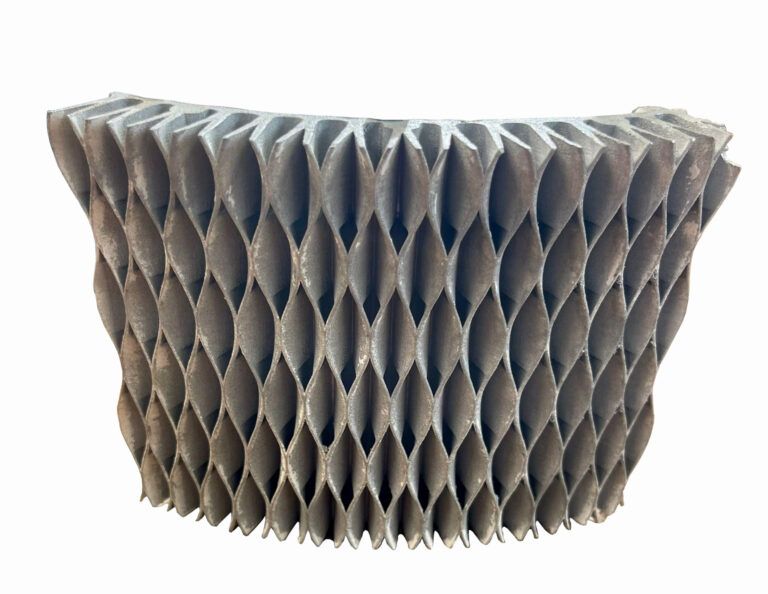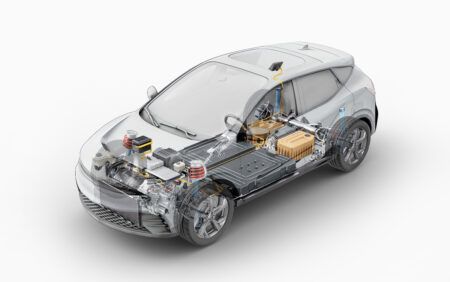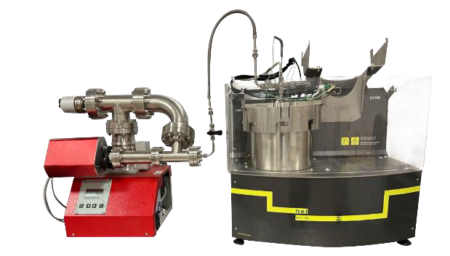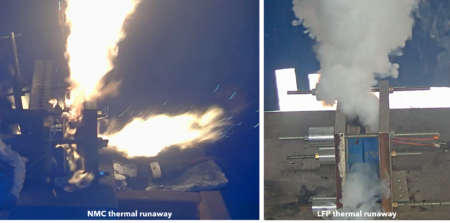Continental Engineering Services UK (CES) are a leading automotive design consultancy and engineering services provider for electric motors, inverters, PDUs and DCDCs. CES push boundaries, maximising power density, minimising packaging volume and component masses. Customers always have very aggressive target weights requiring highly efficient cooling strategies. This is where innovative packaging solutions become essential in providing engineering solutions and meeting customers’ requirements.
In CES’ latest project, the requirements to integrate into the vehicle power train were such that the only way to achieve a design solution was to combine the motor and inverter, utilizing a novel cooling architecture. This design meant that delicate internal castings with thin walls would be required and thus CES started looking at the latest casting techniques and the services that Sylatech provide.
Sylatech was keen to demonstrate that its clean sheet reappraisal of sand-casting methodology could offer new opportunities for component design and was eager to meet the challenging target of an ultra-lightweight motor-inverter housing with thin cast wall thicknesses that are still machinable.
A 3D concept was designed which then went through the standard CES computer simulations and analyses based on customer requirements. As improvements and efficiencies were made, the housing design went through multiple iterations. As part of this design loop, Sylatech performed their casting simulations and were able to feedback to CES in a positive design loop as a completed design was finalised.
Sylatech proposed a 100% (Voxeljet) sand printed solution to ensure design flexibility was as free as possible throughout the project life cycle. Having supported with casting Design for Manufacture, the company set about calculating and modelling a runner system with a constant fill rate of 0.5m/sec. Standard features such as a pouring basin and stopper, constrained sprue and runners, vortex traps (to capture the leading edge of oxide-rich aluminium) were quickly established, followed by more nuanced additions such as 60PPI filters on all gates flowing into the mould cavity. Velocity, temperature, gate flow pressure and dendrite arm spacing simulations were then modelled with Sylatech’s FLOW3D CAST software.
Sylatech’s casting new product introduction (NPI) engineer favours this digital approach to pattern design. FLOW 3D enables precise understanding of how the metal flows in the runner system and cavity. The choice of casting only with sand printed moulds yields significant design freedom but the downside is that it leaves no room for error. Any casting defects would result in expensive re-prints. It is therefore imperative that the NPI process places such a strong emphasis on fill calculation and simulation verification. Thus, a total of 22 iterations of runner system were completed before a final design freeze was agreed.
CES’ ability to use CFD, FEA and Thermal computational analysis software in conjunction with Sylatech’s casting analysis software was integral to the design process to meet requirements, ‘right first time’ and shortened deadlines. It is imperative to be able to design, analyze/simulate, and experiment virtually so that the finished design can meet the goals in real world testing.
Complimentary to the software analyses is the use of non-destructive testing (NDT) on the pre-machined cast part. Radiography is ideal for expedited integrity checks, providing live, still and video imaging which can be viewed in real time before greenlighting the machining process.
The final housing design achieved around 64% weight saving from initial design to final product and is approximately 47% under the coolant pressure drop requirement, yet meets stress, vibration and fatigue targets. Early communication, cross party adoption of analytical methods for design, manufacture and testing and on-going effective collaboration were crucial to achieving these objectives.





